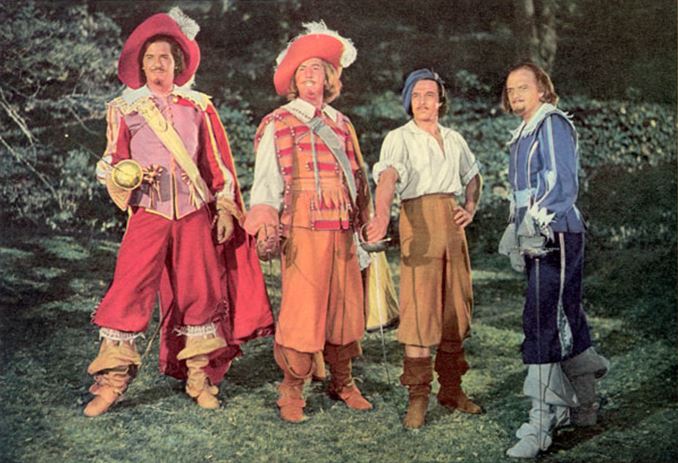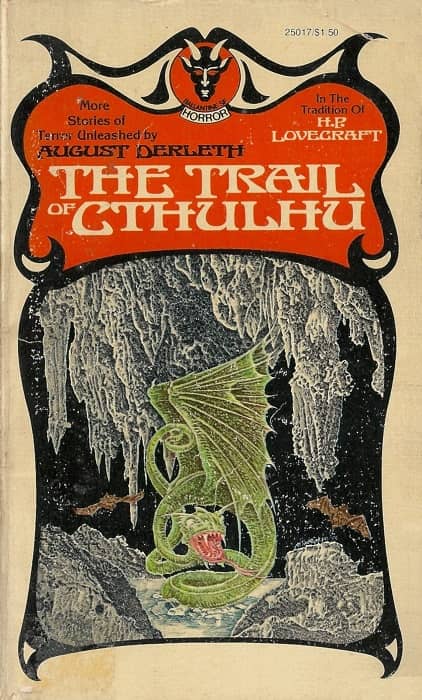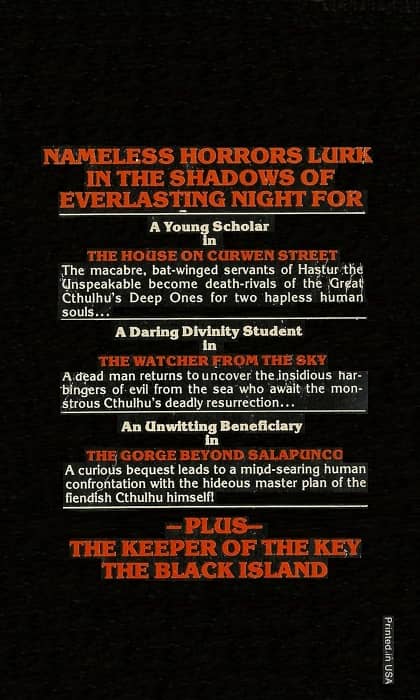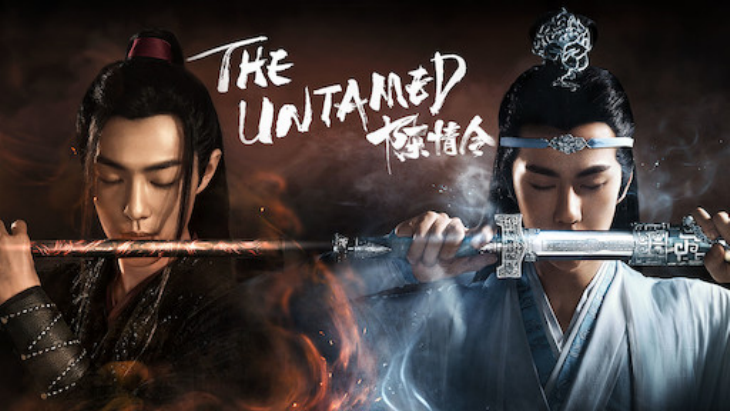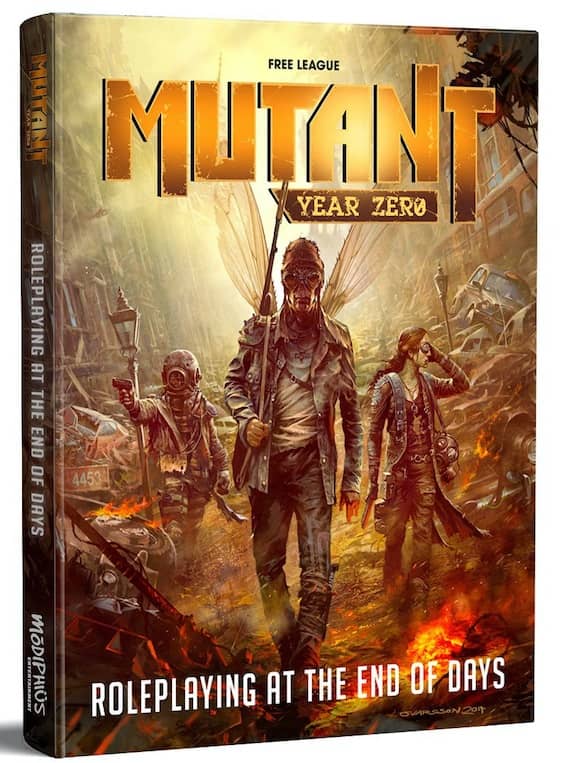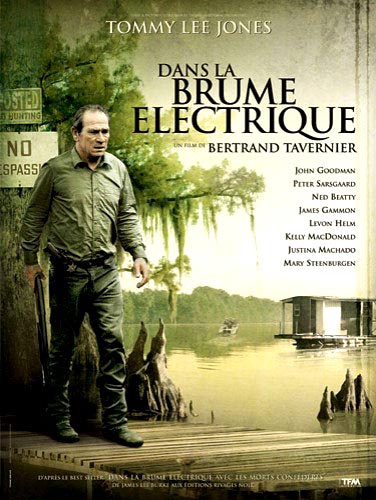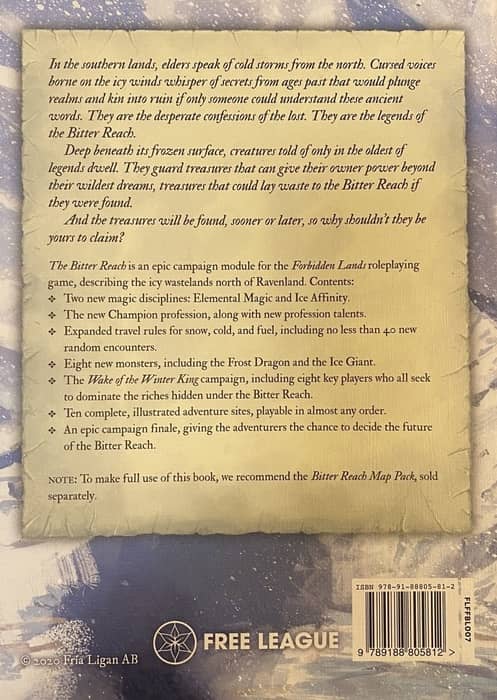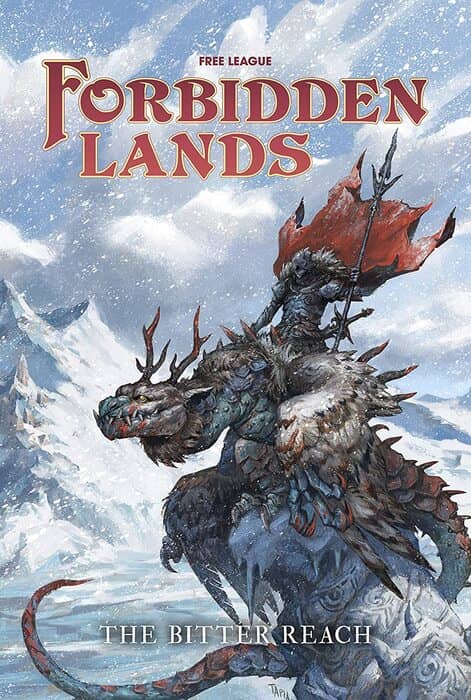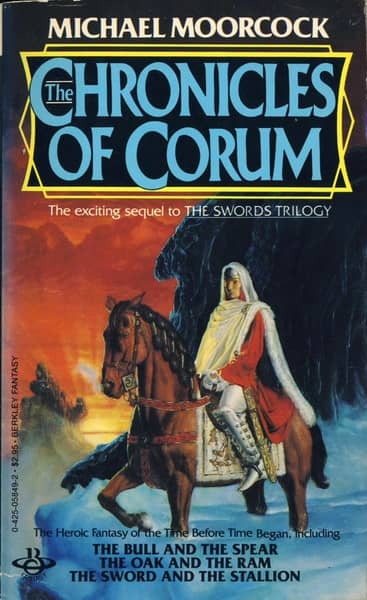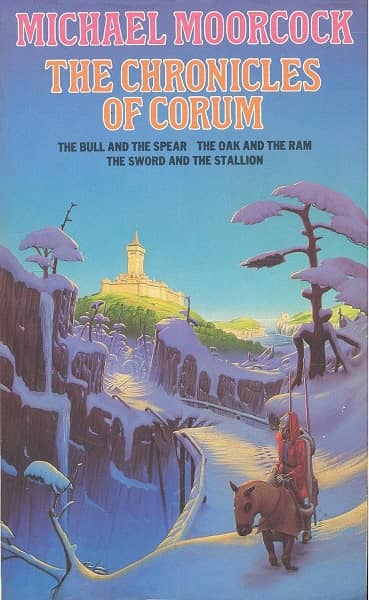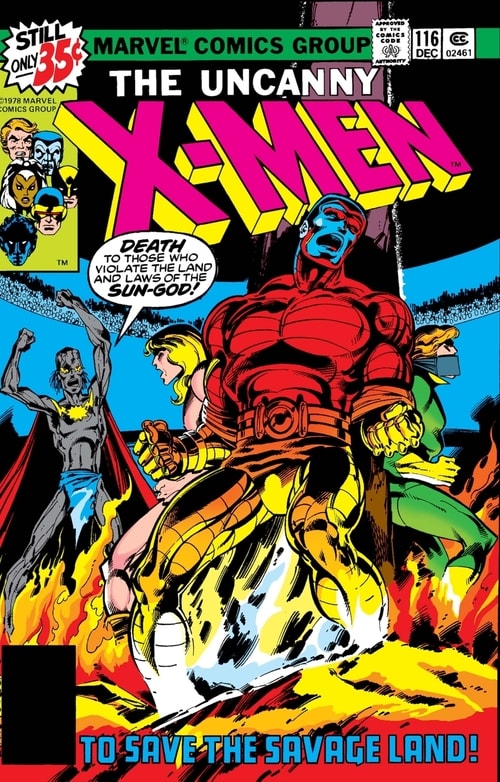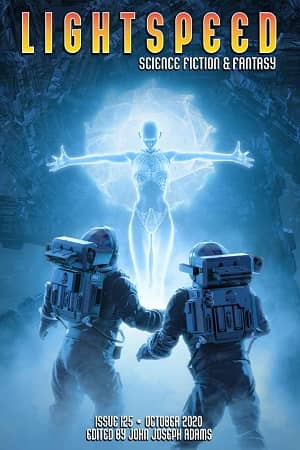New Treasures: Black Sun by Rebecca Roanhorse
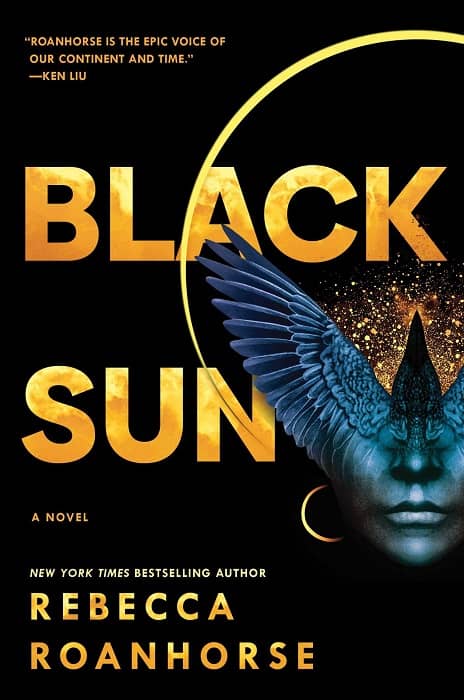 |
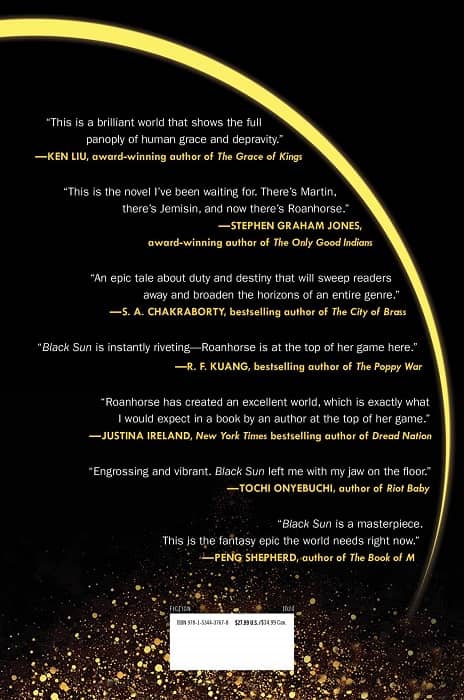 |
Black Sun by Rebecca Roanhorse (Saga Press, October 2020). Cover by John Picacio
Rebecca Roanhorse burst on the scene in 2018 with her debut novel Trail of Lightning. I remember pretty vividly because my own debut The Robots of Gotham was released the same month, and I watched in awe as Trail of Lightning outsold it by a comfortable margin — and then went on to be nominated for the Hugo, Nebula, and World Fantasy Awards, and won the Locus Award for Best First Novel. It was certainly humbling, but I’m still proud we were both part of the same June 2018 graduation class, and I’ve followed her career enthusiastically every since.
Her latest is Black Sun, the first book in the Between Earth and Sky trilogy, an epic of forbidden magic and celestial prophecy, set in an imaginary Pre-Columbian North America as it was before European explorers invaded. Here’s an excerpt from the review at Kirkus.
The winter solstice is coming, and the elite members of the sacred Sky Made clans in the city of Tova are preparing for a great celebration, led by Naranpa, the newly appointed Sun Priest. But unrest is brewing in Carrion Crow, one of the clans…. Meanwhile, a young sailor named Xiala has been outcast from her home and spends much of her time drowning her sorrows in alcohol in the city of Cuecola. Xiala is Teek, a heritage that brings with it some mysterious magical abilities and deep knowledge of seafaring but often attracts suspicion and fear. A strange nobleman hires Xiala to sail a ship from Cuecola to Tova. Her cargo? A single passenger, Serapio, a strange young man with an affinity for crows and a score to settle with the Sun Priest. Roanhorse’s fantasy world based on pre-Columbian cultures is rich, detailed, and expertly constructed… A beautifully crafted setting with complex character dynamics and layers of political intrigue? Perfection. Mark your calendars, this is the next big thing.
Black Sun was published by Saga Press on October 13, 2020. It is 454 pages, priced at $27.99 in hardcover and $11.99 in digital versions. The cover is by John Picacio. Listen to an audio excerpt or read the complete first chapter at the Simon & Schuster website.
See all our recent New Treasures here.
